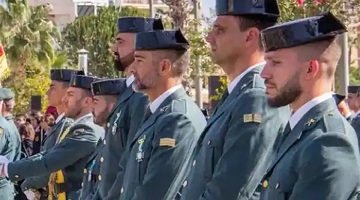Face of the Great Pharaoh revealed
Face Lab researchers work with Egyptologists to reconstruct the face of Ramses II
The face of Egyptian Pharaoh Ramses II has been revealed for the first time thanks to work by Face Lab researchers at Liverpool John Moores University.
A team led by Professor Caroline Wilkinson and the University of Cairo reconstructed how the Pharaoh would have looked at 45 and at the age of his death at 90 using state-of-the-art techniques.
Ramses II was arguably the greatest and most powerful Egyptian king of the during the New Kingdom period and lived from 1303 -1213 BC. His tomb was moved discovered in 1881 and the contents is now on display in the National Museum of Egyptian Civilization.
The Face Lab team worked with Sahar Saleem, a Mummy expert and Professor of Radiology to produce two facial depictions using CT data, photographs, and historical data of the pharaoh.
Prof Caroline Wilkinson, Dr Jessica Liu and Mark Roughley spent three months generating both faces with full CGI textures.
Their reconstructions have featured strongly in the media globally, including Geo Magazine, Le Figaro, Il Messagero and most notably in a documentary about the great Rameses II, called "L'Egypte, une passion française" on France 3. The documentary marked the bicentenary deciphering of the Rosetta Stone hieroglyphics by Jean-François Champollion.
Its blurb boasts: “Thanks to the careful reconstruction work of a team of scientists, the whole world can finally put a face to the legendary Rameses II, 3,300 years after his death.
Led by Caroline Wilkinson and Sahar Saleem, they were able to interpret the Pharaoh’s skull and restore his lifelike image, reconstructing his featured and skin colouring.
“When we look at a skull for the first time, we are initially looking for the most visible characteristic details,” said Caroline. “For example, on Ramses II there is a very wide nasal bone. It is, between the eyes, very high and very pronounced.”
Through meticulous work, including the use of software used in criminal reconstructions, the Face Lab team pinpointed the position of the pharaoh’s facial muscles.
“The stronger a muscle is where it is anchored, the more its attachments will leave visible marks on the surface of the skull,” explained Professor Wilkinson.
The Face Lab team has recreated a series of faces of important, historical figures including Robert the Bruce and King Richard III.
Watch the video of how the team built up the face of a Pharaoh.


